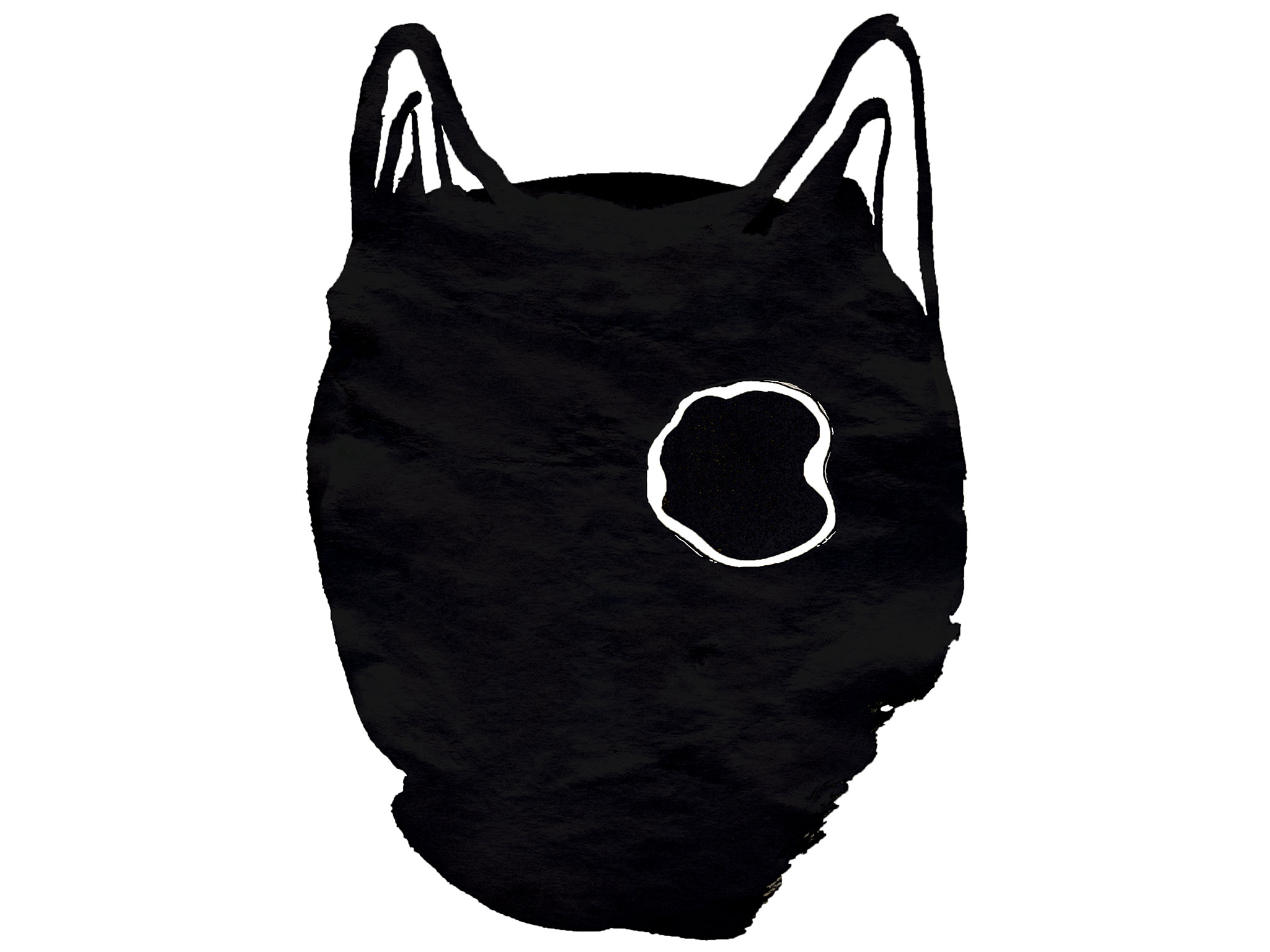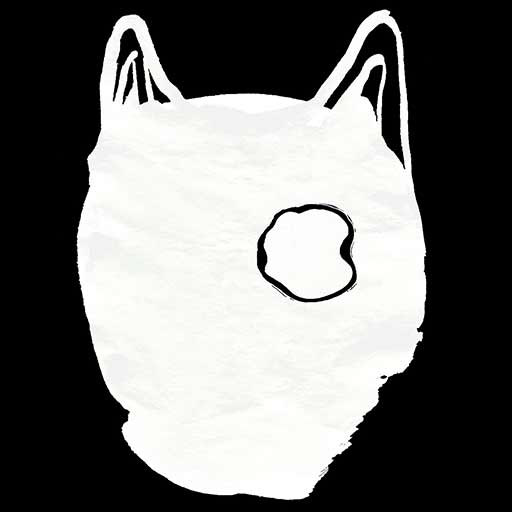querying with water
liquid methodologies, research notes
by paula roush, part of the project liquid memories.
published in:
WATER PRINTS
more about the bookwork here [ + ]
Francisco Varela and I first met at the Lisbon Photobook Fair, where we collaborated on two editions of the msdm collective Page-Turner: book, photography, and self-publishing. The project explored the intersection of photographic publishing and the photobook fair as spaces for creation, collaboration, and dissemination of an emerging photobook aesthetics. Page-Turner, as a project, suggested a hyperbolic, deliberately exaggerated definition of the photobook medium, with its haptic strategies of engagement, and invitation to let the hand do its work, unfold the book form, and play with its traditionally recognizable features—page, double spread, textual and paratextual elements—as a multisensory experience. In sum, an expanded notion of photographic art where humor, the everyday, and the archive can be experienced. Francisco created two photobooks, As I See It (now in the V&A National Artists’ Books collection) and Angelus Conturbatio.
A couple of years later, Francisco heard me, at the Photobook Club Lisbon, talk about another msdm project, the House-Studio-Gallery, and came to visit the space (building #2) in Bow in 2018. In 2019, he held a residency at the Woolwich space (building #4), which resulted in an essay about my publishing practice titled "The Expanded Practice of the Artist’s Book: Immersion in the Artist’s Museum." It is an in-depth analysis of my way of working, further developed into a video essay presented at the conference "Connections: Exploring Heritage, Architecture, Cities, Art, Media" in 2020, later published by msdm.
At the end of 2020, this extended into a new collaboration titled Liquid Memories when Francisco invited me to be part of Memoria Liquida - between photography, curating and publishing —a commission to develop new work for his postgraduate curatorial research at the University of Porto.
I was invited to create a photographic work related to the site of Pasteleira Park and water reservoir, a territory by the shoreline of the Douro River in the city of Porto. I asked myself: How can I respond to this place and map a watery place defined by its watery edges? With the studio based in London, the most mobile strategy was to collaborate with other creatives based in the city of Porto, and with an open call we gathered our ‘liquid team.’
With the river and the city’s water infrastructure as the theme, the next question had to do with research: Is there an archive of Douro-related photographs? Is water even an archivable topic? This led to a search for photographic collections and documents related to the urban life of the river. We gathered photographs and historical documents kept by Porto water companies, as well as archives kept by community associations and posted to social media. We found a great mix of institutional/official documents and grassroots counter-archives.
I knew I could trust Francisco to find the archival materials and people to make it possible to work off-site, operating at a distance from London. We began discussing the project, already in the pandemic, plotting our shared interest in photographic research, publishing, and curating.
Meeting on Zoom, we designed a blended workshop, planned to start online and end with a face-to-face session at the Faculty of Fine Arts (University of Porto), working with local photographic archives and water samples. At my request to submerge the photographic archives in the water of the Douro River, Francisco collected water samples from the water treatment stations he was in the process of documenting photographically. Meanwhile, in London, I started preparing the workshop, printing the photographic files, and submitting them to various treatments with Thames water.
With the extension of the pandemic and restrictions on public gatherings in early 2021, our plans had to be updated. The programmed online workshop was extended as the main mode of collaboration. Working with water within the proximity of one’s computer seemed to defy all common-sense rules, but on the face of it, offered a challenge worth pursuing, considering the affordances available in the live-work space. The new workshop plans exploited the rich potentialities of the Zoom environment for online group work, namely, the fusion of domestic and studio spaces, personal archives, and tap water, readily available within each person’s space of confinement.
We see this adaptability of concept and practice as a result of the core material—water—expressing its will to action. The overarching concept of liquid memories revealed itself to us as a state of consciousness unencumbered by the limits of confinement, whether physical or psychological. The success of the liquid memories workshop resulted from the ‘liquid team’—Maria João, Joana, Miguel, and Betina—who accepted the invitation to experiment collectively online from January to March 2021. This environment of trust and mutual support was shared by the extended pool of ‘liquid collaborators’ who joined us at the live editing lab held on Zoom on March 5, 2021. They all accepted the challenge to explore liquid methodologies with our chosen archives and their own photographs; some of these extended into full photographic projects, new photo-essays created in response to the lab.
The studio’s main interest is mobile strategies in photography and photobook publishing. We saw it as msdm’s distinct purpose to use the opportunity to learn about the material mobilities of water and to connect this with the fluid materialities of digital archives and photobook publishing.
The river’s waters were used to enter into a dialogue with the historical photographs and develop the liquid methodology of indaguar (watery query: watery query or water enquiry).
Step-by-step guided exercises were developed to help us figure our bodies of water, with a focusing moment of connection with the intricacy of watery memories. The words ‘water’ and ‘enquiry’ were joined to form a new word that doesn’t feature in standard dictionaries and suggests a felt sense of enquiring with water.
Watery query finds its inspiration in the processes of Thinking At the Edge (TAE) proposed by American philosopher Eugene Gendlin. We used an embodied intuiting and deep listening exercise to articulate bodily implicit experiences of water that are below consciousness and may not be immediately accessible. Our conceptual kit includes other concepts such as ‘watery places’ (Cecilia Chen), ‘sea of memory’ (Janine Macleod), and ‘bodies of water’ (Astrida Neimanis) to formulate a fluid process of thinking with water.
To analogize the river and its constant flow in a liquid publication led us to ask: when is a book liquid? When it has a liquid theme? Or when its format is itself liquid? Through experiments with mobile editorial formats, we found ways to coalesce the material around loose clusters and offer the reader a mobile reading experience: the book as an organic entity in flow.
Liquid Memories ~ to read with water was published in May 2022. It is a collective photobook work, an assemblage of experimental photo-texts that respond to the challenge of photographing/remembering with water. A publication in 55 unbound sections. Laser and Indigo print, in an edition of 100 copies. Total: 721 pages, 544 photographs. The publication takes its title from the liquid memories workshop in which participants experimented with methodologies of watery query developed out of artistic research with water.
This publication Water Prints differs in the way it privileges my personal work. It shows my first experiments to test the interaction of prints with water and varied printing and paper folding techniques. These liquid methodologies developed around the creation of unique water contact prints. I saw these monoprints as samples for the upcoming workshop. The term ‘water prints’ was mobilized to designate a way of altering the photographic surface via the concrete intersection of the materialities of the photoprint and the tainted water. Later on, I used these print samples and liquid methodologies during liquid memories workshops with different groups I collaborated with, and these prints are also included here.
The selection of water prints guides us into the realms of water and its archival time, exploring liquid entanglements of water, place, photography, and memory. Submitting historical photographs and documents collected around the zone of Pasteleira reservoir to multiple watery treatments shows us, on the one hand, the way water is mobilized towards historical constructs that define territorial power; on the other hand, water’s material mobility equals the nonlinear flow of time, suggesting why our memories may appear to us in the shape of watery places and phenomena.

